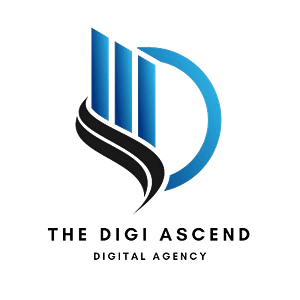In today’s digital world, competition is increasing tremendously in every business tends to survive in the market. Business owners are using a plethora of strategies to survive in the market and SEO and SEM are one of them. both of these tactics are used to increase visibility and drive traffic to the website. Let’s explore these differences to understand which approach would be best for their business.
SEO: creates organic traffic

SEO is certainly a crucial aspect of digital marketing that emphasizes more on to optimize content, and creating website structure to rank top in search engines. With the right SEO techniques, a website can attract more traffic, generate leads and boost its online presence.
Link Building: Link building is more significant in terms of digital marketing and essential to elevate organic traffic. Moreover, link building contributes to making the user experience better and encourages them to spend more time on the website.
On-page optimization: The term on-page optimization refers to optimizing various website elements such as posts, pages, Meta descriptions, headings and image alt text to enhance the visibility of web pages in search engines. through this, the website ranks higher and entices more traffic.
User experience: Search engine optimization increases user experience among the search engines while decreasing the load time of your website and make more mobile-friendly. Which in turn can escalate the user experience of your website and trigger engagements and better outcomes.
Quality content: content is the key to your SEO. If you can craft quality content for your website and other social media platforms, you certainly will win the race one day. Digital marketing roams all around the quality of content with target keywords to enhance visibility in search engines.
SEM: Search engine marketing is a paid visibility to drive traffic
SEM: Search engine marketing is paid visibility and an effective way of leveraging traffic by running advertisement campaigns to secure better visibility in search engine pages. There are a lot of components of SEM that will be discussed further:

Pay per click: Pay per click is one of the tactics of digital marketing that not only helps to be on the top in search engines but is also an effective way to get engagements and generate leads. Advertisements will display on search engine pages and advertisers only pay money when users click on them, which makes it a pocket-friendly way.
Target audience: SEM allows its users to set a target audience according to their demographics, Interests, and age and facilitates them to reach a highly authentic and relevant audience that likes to get in touch with your business.
Remarketing: SEM provides them with an opportunity to create a list of their target audience and you can show ads to those individuals who have interacted with your last campaign. This technique works wonders to increase conversion rate and generate revenue in business.
Differences between each of them while using:
SEO and SEM have the same target in terms of increasing website traffic and visibility. However, the difference between both of them is cost, timeline and so on.
Timeline: SEO is a slow and gradual process to get a ranking in search engines. Sometimes, it may take several months to acquire optimum results. On the other hand, SEM could generate immediate traffic and outcomes during ad campaigns.
Process: SEO focuses more on quality content to grow your website organically and increase authority to reach the audience. SEM involves money to placement and leveraging revenue among your target audience.
After pondering over a great deal of debate, it can be concluded that although this trend has a mixed bag of both boon and bane, the prime focus of both aspects is to amplify the website visibility in search engines, create quality leads and leverage revenue in their business. Adopting these strategies that link to each other certainly helps to bring their business to the top of the edge.

